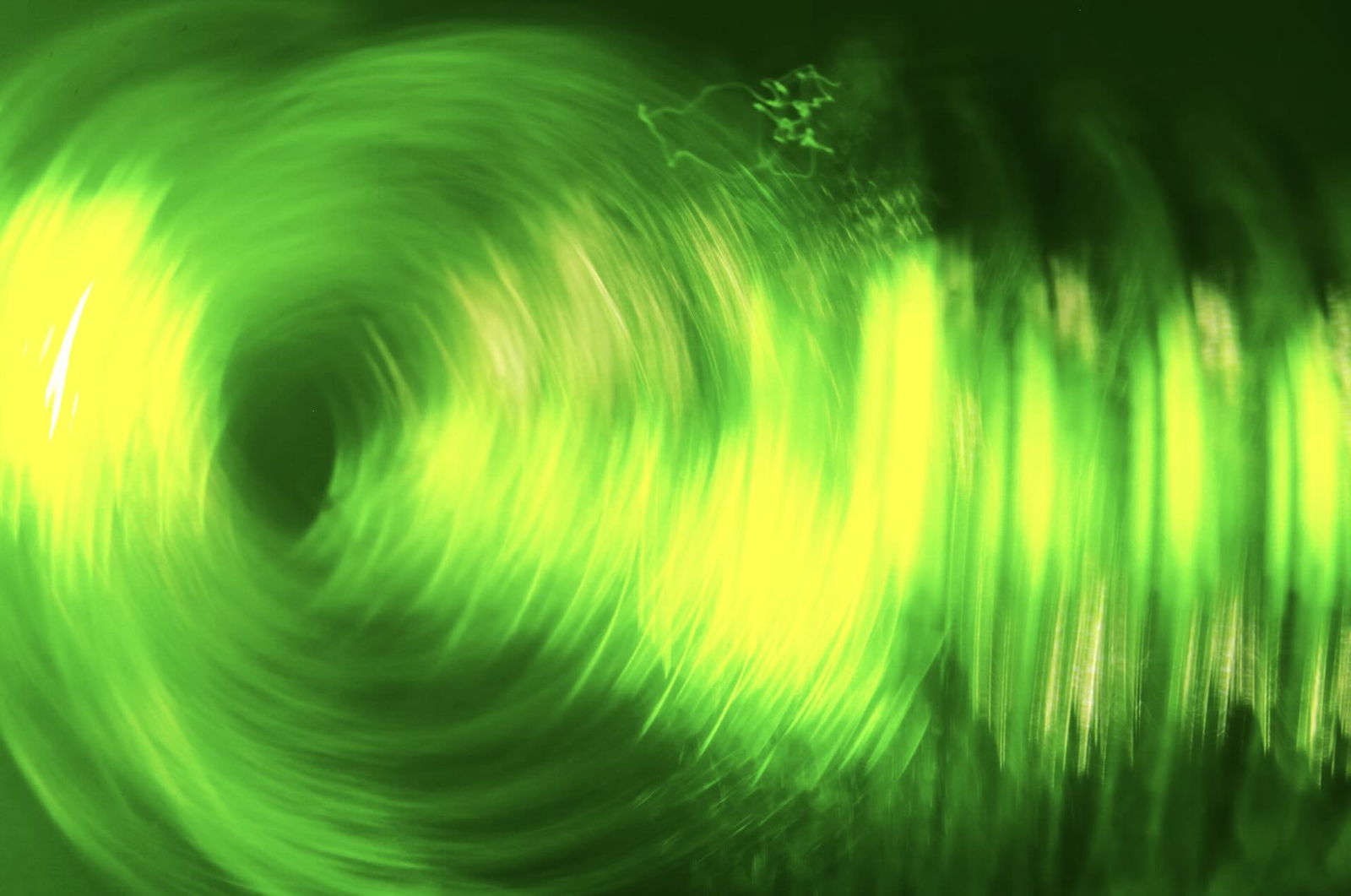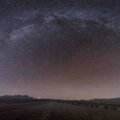This morning, I woke up with sweat over my forehead following a scientific nightmare. In my dream, the demon imagined by the physicist James Clerk Maxwell in 1867 decided to instantly reverse the velocities of all particles in the Universe.
At first, life on Earth would not suffer an existential blow. Drivers would find their cars in reverse motion and would respond appropriately. The Earth will start to orbit the Sun in the opposite direction, and the Sun will turn around in its circle around the center of the Milky-Way. The spin of the Earth would also reverse, triggering an unusual light-darkness pattern on that particular day. Climate would change because of the reversal in oceanic and atmospheric currents and lava might stream out of dormant volcanoes. But thanks to technological innovation, humanity would find a way to survive and adapt to the new local conditions.
This adaptation will all be good for a limited time. But here comes the rub. The expanding Universe will start contracting. Within 13.3 billion years, the average cosmic density of matter will rise by a factor of a thousand. Less than half a billion years later, the matter density will rise by another factor of a thousand. At that time, the temperature of the cosmic microwave background will be room temperature, 300 degrees Kelvin above absolute zero.
This rise in cosmic temperature would be a relief for any surviving humans. The reason is simple. Before that time, about 7.6 billion years from now, the Sun would already be gone, with its core contracted to a faint metallic sphere – the size of Earth, a white dwarf. Real estate values on Earth would plunge because nobody wants to live in a frozen desert. Survival would require alternative heat sources. Following the death of the Sun, humans would need to occupy a space platform powered by an alternative nuclear reactor. Cosmic relief will arrive 5.7 billion years after the death of the Sun, when the Universe would reach room temperature, removing the need for additional heat supply. Based on a paper I published in 2013, this habitable cosmic epoch would last about 7 million years.
But as often is the case in life, bliss is short lived and commonly followed by misery. Soon after the habitable cosmic epoch, life would become impossible as the cosmic contraction will raise the average temperature to higher values. There is no escape from global warming of the cosmos. Within less than 10 million years after the habitable cosmic epoch, the universe will be hotter than the surface of the Sun. A few hundreds of thousands of years later, the average temperature will rise all the way towards the Planck temperature of 10^{32} degrees Kelvin, which is 29.6 powers of ten hotter than room temperature. Needless to say, all humans will burn up in the furnace of this cosmic hell. The bodily atoms will be shredded and squeezed to densities so high that they will turn into a soup of elementary particles, including electrons, positrons, quark and gluons, mixed in a hot bath of radiation and neutrinos.
Not all will be lost. Black holes would actually thrive, growing in mass and maintaining their identity as isolated islands of spacetime structures immersed in a hot dense soup of matter and radiation. These pre-existing black holes would provide the only surviving monuments from the old Universe that we all occupied before Maxwell’s demon got its act together.
Interestingly, as the Universe approaches the Big Crunch, the average density of matter will get so high that different spatial regions will become isolated from each other. This is because different points in space will be surrounded by an event horizon with a size comparable to the speed of light times the time left until the Big Crunch. The situation is similar to the dynamics of a star collapsing inside of its own event horizon and turning to a black hole, as imagined by Robert Oppenheimer and his PhD student Hartland Snyder in a 1939 paper. The contracting Universe would behave like a star of infinite size with no outer boundary. On average, the known Universe is uniform and spherically symmetric. Owing to its spherical symmetry, Birkhoff’s theorem in General Relativity would imply that the dynamics of matter and radiation within a contracting spherical region will not depend on what lies outside the sphere. Just as with Las Vegas: “What happens inside the cosmic event horizon stays within the cosmic event horizon.” As time approaches the Big Crunch, arbitrarily small regions would become causally disconnected from each other.
What would be the end result after the Big Crunch? We do not know because we do not have a predictive theory of quantum gravity. The result might be similar to what happens to matter from a star as it converges to the center of a black hole. If we knew where the matter that makes a black hole goes, we would know what happens after a Big Crunch triggered by Maxwell’s demon.
Gladly, no such demon is known to exist. However, imagining what it could do helps us appreciate how fortunate we are to live in a universe that will expand forever. On this Thanksgiving holiday, let us all raise a toast in celebration of our cosmic fortunes.
Avi Loeb is the head of the Galileo Project, founding director of Harvard University’s – Black Hole Initiative, director of the Institute for Theory and Computation at the Harvard-Smithsonian Center for Astrophysics, and the former chair of the astronomy department at Harvard University (2011-2020). He is a former member of the President’s Council of Advisors on Science and Technology and a former chair of the Board on Physics and Astronomy of the National Academies. He is the bestselling author of “Extraterrestrial: The First Sign of Intelligent Life Beyond Earth” and a co-author of the textbook “Life in the Cosmos”, both published in 2021. The paperback edition of his new book, titled “Interstellar”, was published in August 2024.

